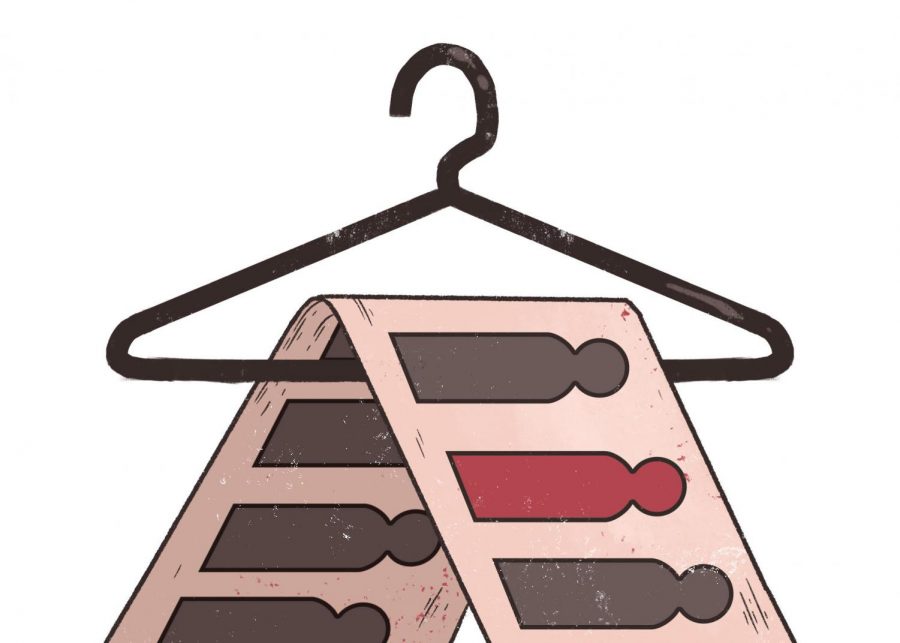EDITORIAL: Dress codes exclude identity
September 15, 2019
Dress codes have been enforced in academic, professional and social settings for years, often on the basis that anything that sticks out from the norm—whether it be hairstyle, clothing or presentation—can be distracting for others.
Dress codes, however, leave little leeway for self-expression of identity, and these negative reactions are often disproportionately targeted at women and people of color, specifically black women, according to this year’s report from the National Women’s Law Center.
In April 2018, NWLC’s report, “Dress Coded: Black Girls, Bodies, and Bias in D.C. Schools,” released alarming statistics on the bias surrounding black girls in school settings. Shortly after this report was released, and ever since, some students across the city have staged a series of walkouts, lunchtime protests and sit-down meetings with administration, as reported by The Washington Post.
For most young women who encounter these kinds of crackdowns, it can be a pivotal moment in their formative years. Regardless of the severity, being called out for a dress code violation can damage a developing self-esteem.
It is not uncommon for violations to be met with some type of punishment, such as the case of a female student in New Mexico who had an untucked shirt that resulted in a three-day school suspension. Other times, students are pulled out of class for such violations, missing out on their in-class time completely.
Institutions that require a uniform may be beneficial to some but pose obstacles to others. While it may serve some families to only have to buy a set or two of the same shirts, slacks and skirts—for reasons of both cost and ease—even more barriers wait behind this.
The concept of gender is one that often hides behind designated clothing in schools, thus keeping people from their true identities.
In professional environments, these same codes are part of long-held prejudice in the American workplace. “Professionalism” is a cryptic blanket statement referring to traditionally white ways of presenting oneself: hairstyle, clothing design and fit, body language— the list continues.
It is not always familiar to us to trace the origins of ingrained concepts such as physical appearance and presentation. We cannot simply point a finger at any one person, but we can try to compile a list of the people who still benefit from them.
Companies and administrative bodies benefit from exclusionary practices, and in these ways, they eliminate the obstacle of expression by replacing it with a norm. These exclusionary methods are malicious at their core. Maybe not when they refer to the average professional or the average student, but when they are repeatedly and unreasonably placed on women of color, it is time to call it out for what it is—prejudice.








